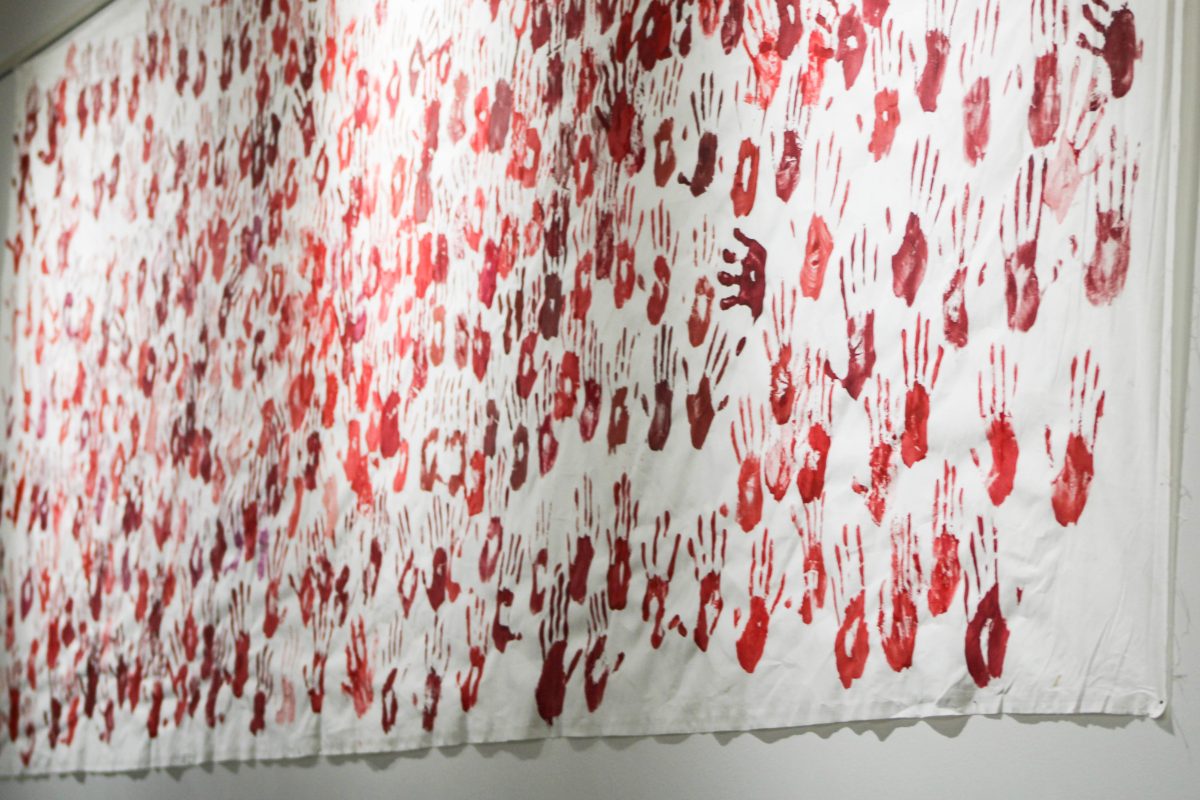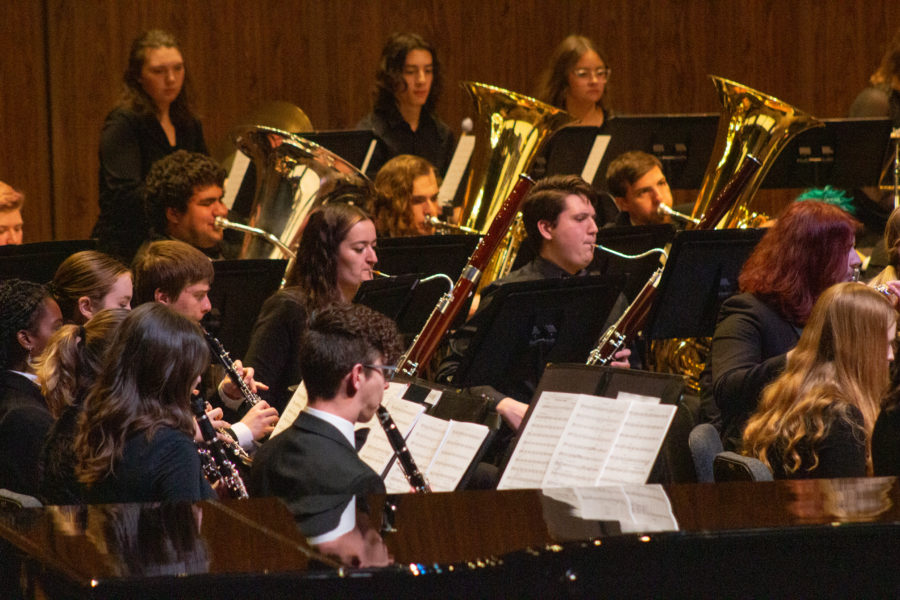Yesterday, the Stewart Library hosted the 16th annual Weber State University Storytelling Festival. Students and community members filled the Hetzel-Hoellein Room to listen to scholars Rosemary Conover, Ph.D., Jean Andre Miller, Ph.D., and David Byrd, Ph.D. analyze two popular Grimm fairytales. Also in attendance were national storytellers Eshu Bumpus and Motoko.
 [/media-credit]
[/media-credit]
“I was told to tell the story as close the Grimms’ version as possible, but we are storytellers after all,” Nishaguchi said.
The crowd laughed along with her portrayal of the characters voices and her lively manner of acting out the story.
“I enjoyed the story and the storyteller,” said David Wheeler, WSU sophomore. “I would love to come back and hear more.”
Nishaguchi has been telling stories for 10 years and is the former president of the Utah Storytelling Guild.
“I love seeing the delight in the audience,” Nishaguchi said. “To see them engaged in the story and to see us connect, that is what I love”
Byrd gave a brief history and analysis on the Brothers Grimm and the tale of “Little Red Riding Hood.” The Grimm brothers were the first people in history to start documenting the stories that were being told.
“Fairytales were originally written for adults, not children,” Byrd said. “In one version of ‘Little Red Riding Hood,’ the girl strips for the wolf.”
Byrd told a politically correct version of “Little Red Riding Hood” that had the audience laughing along with him. When Red comes upon the wolf in her grandmother’s bed and says the famous statement, “Oh my, grandmother! What big eyes you have!” the wolf replies “You forgot I am optically challenged my dear.”
“Fairytales are timeless,” Byrd said. “They evolve with a community”.
Conover spoke on the imagery and symbolism that are present in “Rumpelstiltskin.” She broke down Rumpelstitlskin’s name into three parts: Rump-means to rattle, stilt- represents a post or a pole and skin- is a small person. When his name is broken down and translated, it means a little rattle stilt.
“I had no idea what his name meant,” said Naomie Gerald, a Layton community member. “I’m 80 years old, and I learned something new today.”
Conover broke down all four characters of the story and gave an analysis on what made them who they were. She spent the majority of the time on the main character Rumpelstiltskin and gave insight to what makes him who he is.
“He can do anything he wants but make a living thing,” Conover said. “He is willing to help the young girl out but only at a price.”
The Brothers Grimm have more than 200 published fairytales. The first collection was published in 1812.
“Their collection brought about the most about the most entertaining stories we know,” Miller said.
This year’s “Grimms Ph.D” was held in memory of Anneliese Konkol. She was one of the festival’s founding bilingual voices and worked in the Stewart Library for over 18 years.














